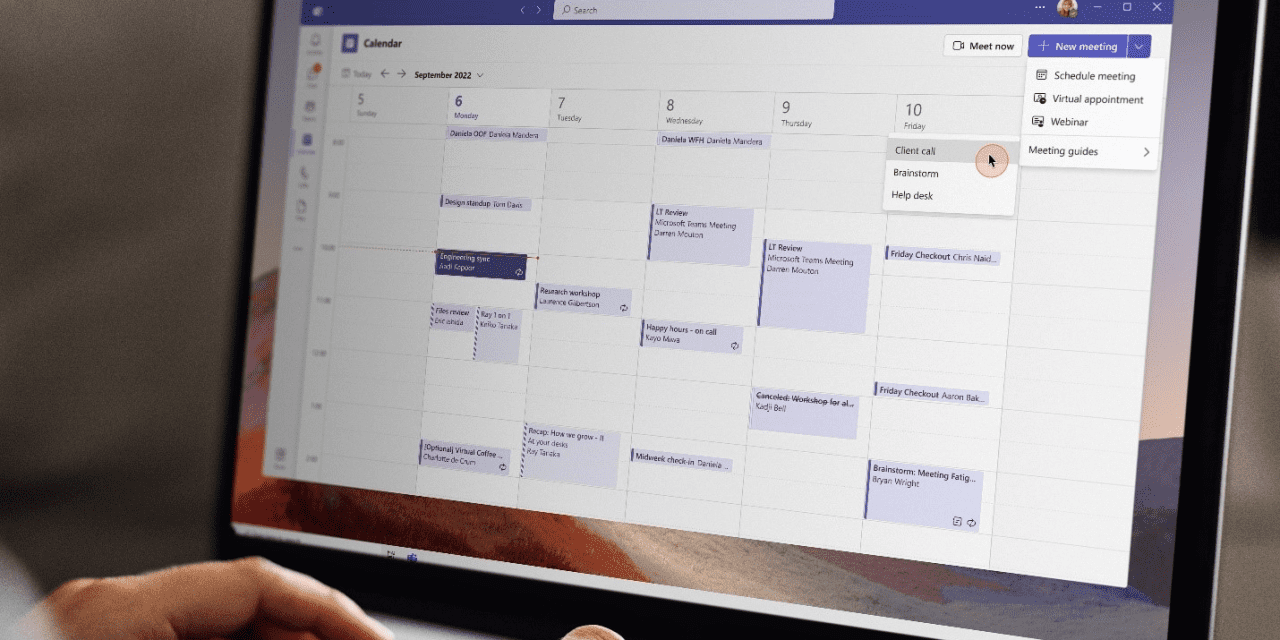Investors are having some second thoughts on what the ongoing management crisis at OpenAI will mean for
Microsoft,
the generative-artificial-intelligence software firm’s largest investor, and most important ally.
Over the last few days, the OpenAI board pushed out CEO Sam Altman, which spurred the resignation of Greg Brockman, the company’s president. Both men have now been hired by Microsoft (ticker: MSFT), although there remains speculation that the two men could yet return to their old roles at OpenAI, perhaps with a new corporate governance structure in place.
Microsoft stock sold off on Friday when news of the OpenAI putsch broke, but rebounded impressively on Monday when Microsoft disclosed it is scooping up Altman, Brockman, and potentially a slew of other OpenAI refugees. Meanwhile, the vast majority of OpenAI’s employees threatened to quit unless Altman and Brockman were restored to their original jobs. But the stock is off 1.5% on Tuesday as investors take a closer look at the risks to Microsoft posted by the current situation.
Microsoft CEO Satya Nadella gets kudos from the Street for acting quickly to both cement ties to OpenAI while securing the services of its once and perhaps future leaders. And it’s true that if most of the OpenAI team ends up following Altman to Microsoft, Nadella will have magically hired some of the leading minds in AI without buying their current employer, giving him more control of the future of AI.
But there are complications, as even Microsoft bulls will concede. Among other issues, the situation risks the loss of a big customer for Azure, adds complexity to the future of the company’s own software offerings, and could increase the costs of developing AI models.
As Morgan Stanley analyst Keith Weiss pointed out in a research note Tuesday, “the situation continues to be fluid.” Weiss notes that OpenAI is a large customer for Microsoft’s Azure cloud-computing services—he asserts that OpenAI likely contributed most of the three percentage points of growth in the company’s Azure business in the September quarter attributed to AI, which he thinks represented about $400 million in revenue in the quarter. He also points out that OpenAI has served as Microsoft’s AI research lab, leveraging OpenAI’s GPT software to build a wide range of generative-AI solutions.
“While we do not have direct knowledge of the contractual relationship between Microsoft and OpenAI, given the nature of the investment we would be very surprised if the agreement did not give source code rights to Microsoft for the models currently used within their products,” Weiss writes. “Given that assumption, the risk to Microsoft likely lies in the future-development road map for the GPT model and the willingness of developers to build on top of the GPT model if that road map is uncertain. The need to assuage developers building on top of the model was likely a major factor in Microsoft’s desire to bring Sam Altman and Greg Brockman into the company.”
The bottom line, Weiss writes, is that Microsoft is trying to both hang on to a large customer, and maintain the innovation road map for OpenAI’s GPT model going forward.
“While this is possible with a new leadership team at OpenAI and the establishment of a research lab led by Sam Altman and Greg Brockman within Microsoft, this route entails higher risk to the durability of ChatGPT growth and higher potential for significant delays in the innovation road map for the GPT model,” Weiss concludes.
UBS analyst Karl Keirstead agrees that there are risks here for Microsoft that the Street might not be fully appreciating. “OpenAI underpins Microsoft’s AI story, and if OpenAI remains in turmoil with Microsoft’s internal ‘AltmanAI’ efforts taking time to bear fruit, then the risk profile of Microsoft’s AI story just went up materially, in our view,” Keirstead writes in a research note. “A loss of customer confidence in OpenAI is a net negative for Microsoft, there is no way to sugarcoat that, and even a pause in OpenAI’s spending growth on compute resources could impact reported Azure growth.”
But there’s a more upbeat way to think about the situation, Keirstead concedes: “If Microsoft can find a way to acquire/hire OpenAI’s [intellectual property], then over the medium term, we think Microsoft would be in a position to effectively rebuild OpenAI internally at a fraction of the cost, without being encumbered by the prior partnership constraints.”
Macquarie analyst Frederick Havemeyer, who like his peers rates Microsoft stock at Buy, also sees risks here for Microsoft. Among other things, the analyst notes that an OpenAI collapse could result in some talent defecting to rival AI software companies.
“Those not joining Microsoft could walk out of OpenAI with their collective knowledge of building, running, and optimizing cutting-edge AI models—potentially improving OpenAI competitors, or pollinating a new cohort of start-ups,” Havemeyer writes. “Third parties such as
Salesforce
(CRM) are offering to match the cash and equity compensation of OpenAI researchers joining their teams. We also think there could be cybersecurity risks from disgruntled employees who have watched their significant liquidity potentially evaporate due to their board’s actions.”
Goldman Sachs analyst Kash Rangan, yet another Microsoft bull, cautions that “it will be challenging” for Microsoft to build the equivalent of OpenAI on its own. Writes Rangan: “Even if Microsoft was able to hire a substantial number of engineers for this project, it would be a time-consuming and demanding task, notwithstanding IP consideration.”
Write to Eric J. Savitz at [email protected]
Read the full article here


